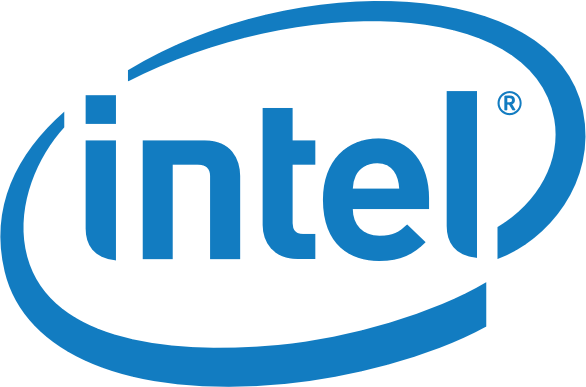Hey all, from one iMac user to all of you iMac folks:
A few months ago, forum posts relating to Intel Mac models made between 2006 and (roughly) 2011, began being moved over to the Early Intel Macs forum. (iMac G3s, G4s, and G5s, of course, always have had a home at the PowerPC Macs forum.) Each time a qualifying post met this date range, moderators were notified and the post was moved to Early Intel Macs.
Doing this helps to free up space on this forum for the more current iMac models. (The same applies with the MacBook Pro, MacBook Air, Mac mini, and MacBook forums; I haven’t posted this notice over there just yet, since this forum tends to get the heaviest new traffic.) Doing this also frees up space for many of the iMac models still (as of June 2023) under some kind of support by Apple as either supported or designated as “vintage”.
Regulars on the Early Intel Macs forum have plenty of experience to help with your iMac questions. Many also use at least one older iMac, if not several, to this day.
At some point, moderators may be open to the idea of striking a Late Intel Macs forum into service, especially once most, later Intel-era Macs — models with Retina displays; T2 support; native support for post-10.x versions of macOS; and the like — fall away from Apple’s main and “vintage” support streams.
tl;dr:
If you’ve got support questions about your iMac, and you’re not sure which forum is the best to post, a good rule of thumb is the one above (that is: models from 2006 to the 2011 A1311 and A1312 iMacs). If it’s one of those, then post your question to the Early Intel Macs forum. Some allowances are also being made for discussing Ivy Bridge (2012–13) and early Haswell (2013–14) era A1418 and A1419 models on there, as well — namely, models which lacked a 4K/5K Retina display (which excludes post-”late 2014” Retina iMacs as well as all iMac Pros).
Thanks for your understanding!
EDIT TO ADD: If you scroll down to post #4, I prepared a kind of scoring guide to help you figure out whether an Intel Mac from the early/mid 2010s qualifies as an “Early Intel Mac” or not. If in doubt about yours, use this guide; if yours scores 4 or higher, then it’s probably good to post your question on the Early Intel Macs forum.
A few months ago, forum posts relating to Intel Mac models made between 2006 and (roughly) 2011, began being moved over to the Early Intel Macs forum. (iMac G3s, G4s, and G5s, of course, always have had a home at the PowerPC Macs forum.) Each time a qualifying post met this date range, moderators were notified and the post was moved to Early Intel Macs.
Doing this helps to free up space on this forum for the more current iMac models. (The same applies with the MacBook Pro, MacBook Air, Mac mini, and MacBook forums; I haven’t posted this notice over there just yet, since this forum tends to get the heaviest new traffic.) Doing this also frees up space for many of the iMac models still (as of June 2023) under some kind of support by Apple as either supported or designated as “vintage”.
Regulars on the Early Intel Macs forum have plenty of experience to help with your iMac questions. Many also use at least one older iMac, if not several, to this day.
At some point, moderators may be open to the idea of striking a Late Intel Macs forum into service, especially once most, later Intel-era Macs — models with Retina displays; T2 support; native support for post-10.x versions of macOS; and the like — fall away from Apple’s main and “vintage” support streams.
tl;dr:
If you’ve got support questions about your iMac, and you’re not sure which forum is the best to post, a good rule of thumb is the one above (that is: models from 2006 to the 2011 A1311 and A1312 iMacs). If it’s one of those, then post your question to the Early Intel Macs forum. Some allowances are also being made for discussing Ivy Bridge (2012–13) and early Haswell (2013–14) era A1418 and A1419 models on there, as well — namely, models which lacked a 4K/5K Retina display (which excludes post-”late 2014” Retina iMacs as well as all iMac Pros).
Thanks for your understanding!
EDIT TO ADD: If you scroll down to post #4, I prepared a kind of scoring guide to help you figure out whether an Intel Mac from the early/mid 2010s qualifies as an “Early Intel Mac” or not. If in doubt about yours, use this guide; if yours scores 4 or higher, then it’s probably good to post your question on the Early Intel Macs forum.
Last edited:




